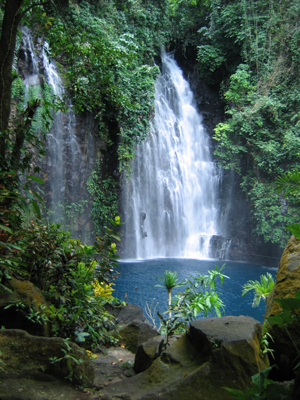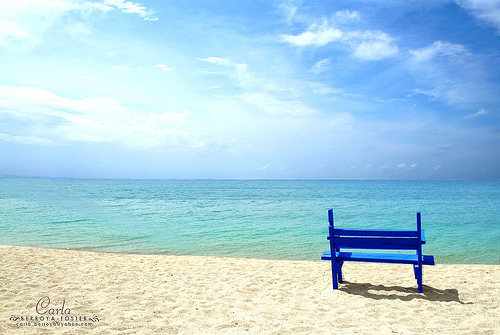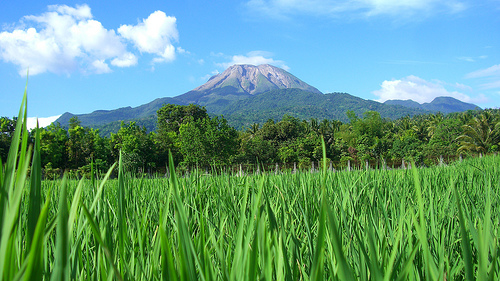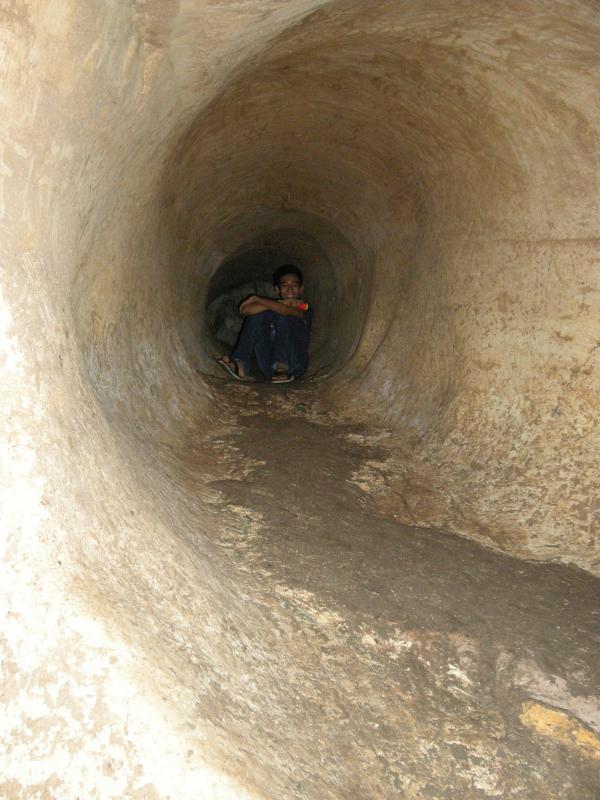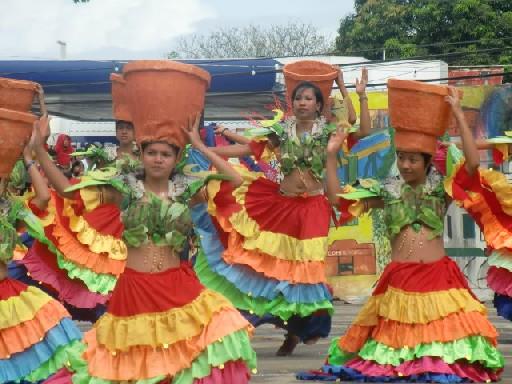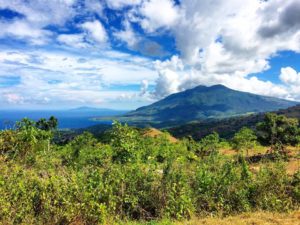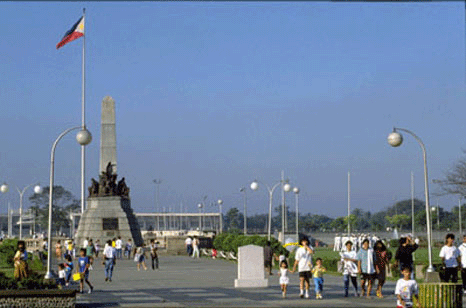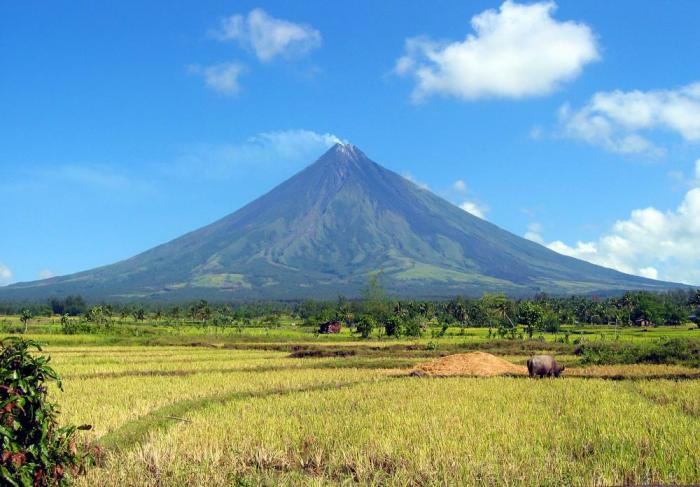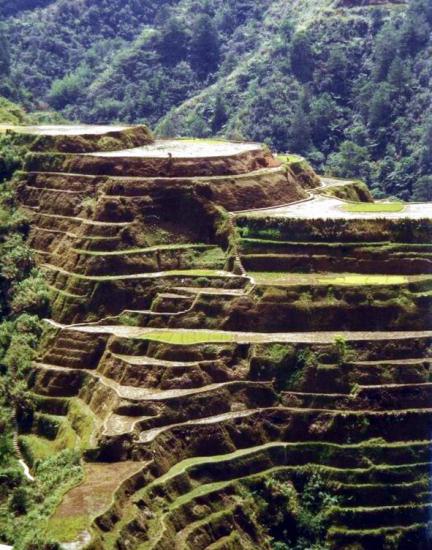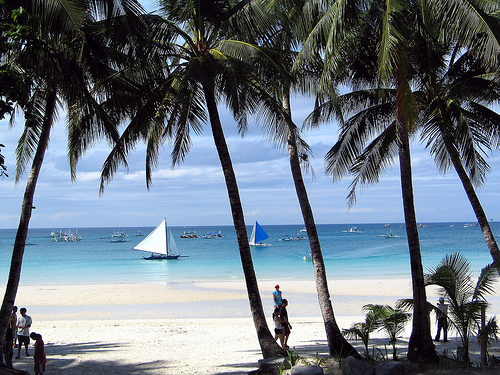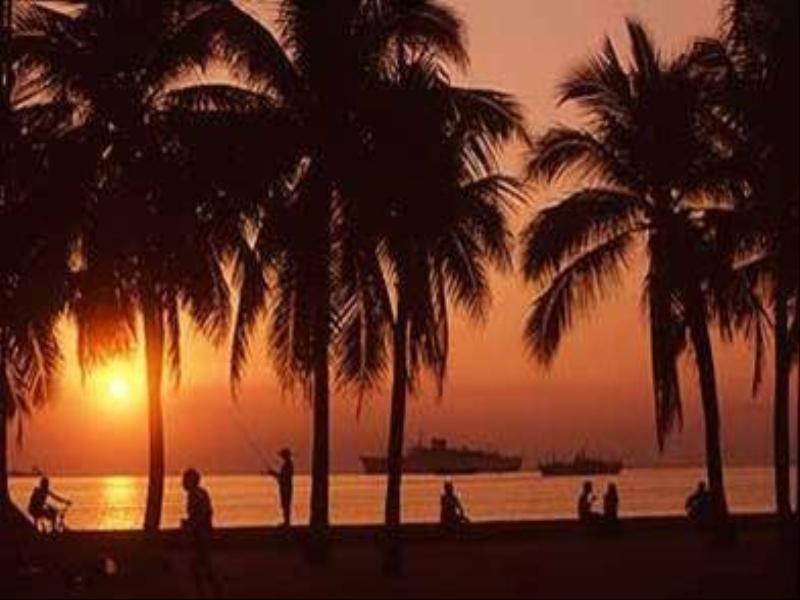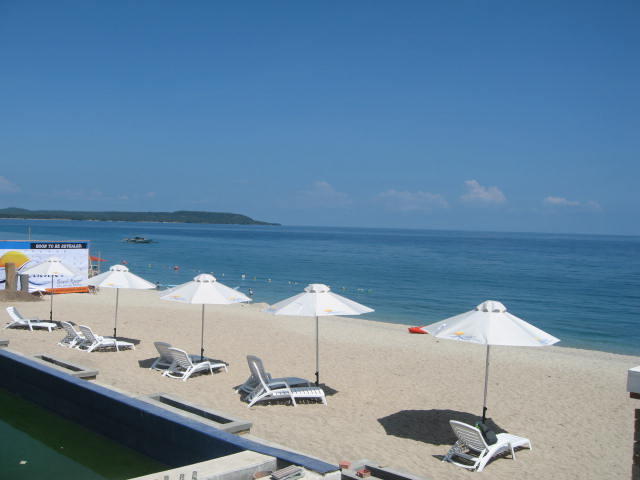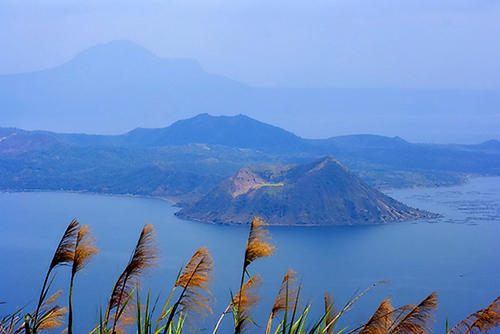MT. MALINDIG
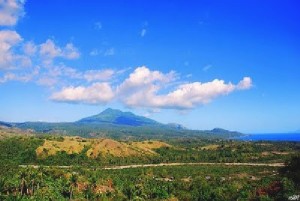 Photo from: planningtovisitthephilippines.blogspot.com
Photo from: planningtovisitthephilippines.blogspot.com
The climb to Malindig was the most grueling. It is the toughest one I have done so far on account of the heat, since there are not a lot of trees to block the sun during the trek, and the trail follows almost a straight line all the way to the peak. Although it took us less than two hours to get to the campsite, I must have asked to take a rest along the way more than I should have.
At the campsite, the temperature drops once the sun sets, as if giving the fog the go-signal to cover the mountain. The mist could get so thick that you won’t see anything beyond 5 meters. It is grave mistake not to bring anything to keep you warm.
A piece of advice to all those planning to climb this mountain: do it as early as you can to avoid the heat. Read More: http://ericjohnc.blogspot.com/p/marinduque.html
Mount Malindig is a large potentially active stratovolcano on the island of Marinduque in the Philippines. The mountain is the largest on the Island of Marinduque and the most popular climb and hike on the island for mountaineers and alike, known for its unique environmental biodiversity. It is the home of different species of wild orchids and other endemic wildlife. Due to its height above 1,000 metres (3,300 ft) above sea level, by law it has been identified as a protected area. The dormant volcano has three peaks, the Trek and climb to the peak is rated as easy to moderate. After passing the Radio Station base on the mountain, it has been known to be a mossy and closed canopy forest trek with regular foggy surroundings. It is also used by the Buenavista townfolks as a cattle grazing area. Read More: https://en.wikipedia.org/wiki/Mount_Malindig
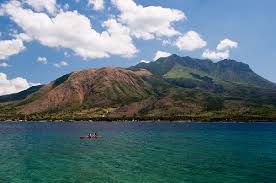 Photo from: https://www.flickr.com/photos/johnluther/4640609798
Photo from: https://www.flickr.com/photos/johnluther/4640609798
Marinduque is a mountainous island. It’s not a flat island, rather it’s an island with hills and mountain tops at the center surrounded by pristine white beaches along its coastal lines.
The highest peak in Marinduque would be Mt. Malindig located in Buenavista.
The mountain is mostly a graze land with cows and carabaos grazing on rolling spots of grass. The place is also a farm for most of the locals so there are plantations of carrots, radishes, peanuts, etc. There are also a lot of coconut trees around.
When we reached the top, we observed that most of the mountain side was indeed covered with farmlands. The only part of the mountain with natural tree over was the summit. The rest were covered mostly with grasses and coconut trees. This is true even for the adjoining hills. Read More: https://cerebralinsights.wordpress.com/2013/04/15/marinduque-sidetrip-climbing-up-mt-malindig/
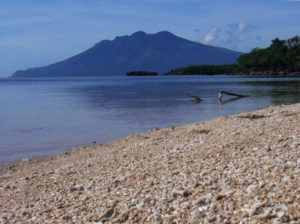 Photo from: https://www.trekearth.com/gallery/Asia/Philippines/Southern_Tagalog/Marinduque/Torrijos/photo827933.htm
Photo from: https://www.trekearth.com/gallery/Asia/Philippines/Southern_Tagalog/Marinduque/Torrijos/photo827933.htm
Other Photos:
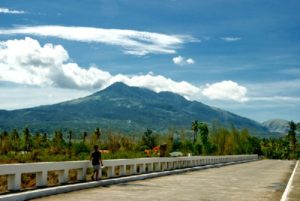 Photo from: http://philippine-evolution.com/tag/highest-peak/
Photo from: http://philippine-evolution.com/tag/highest-peak/
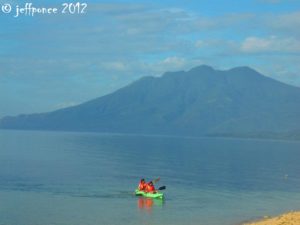 Photo from: http://jeffponce.blogspot.com/2012/05/majestic-mount-malindig-in-torrijos.html
Photo from: http://jeffponce.blogspot.com/2012/05/majestic-mount-malindig-in-torrijos.html
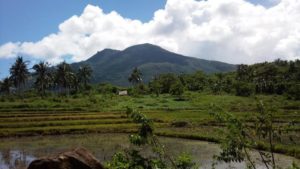 Photo from: http://porknvince.blogspot.com/2011/11/mount-malindig-marinduque-1157-masl.html
Photo from: http://porknvince.blogspot.com/2011/11/mount-malindig-marinduque-1157-masl.html
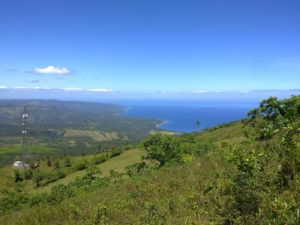
Watch the Videos
TABLE OF CONTENTS
Marinduque Island Province, Home of Moriones Festival
Where is Marinduque and How to Get There
Interesting Tourist Spots in Marinduque
Colorful Festivals in Marinduque
Other Visitors Also Viewed:
Lapay Bantigue Dance Festival Shows the Gracefulness of the Seagull
Swim in The “Amazingly Pink” Pink Beach of Northern Samar
Panhulugan Caves Inside the Sohoton National Park
Tultugan Festival – Bamboo Dance and Music
Kasag Festival in Celebration of the Blue Crabs
Porta Vega Powdery White Sand Beach Lined with Coconut Trees
Kalesayahan Festival Focuses on Decorated Horse-Drawn Carts
Inuruban Festival is a Celebration of the Town’s Favorite Foods
Cagnituan Falls and Cave – Double Experience, Twice the Fun
Bulubadiangan Island in Iloilo

